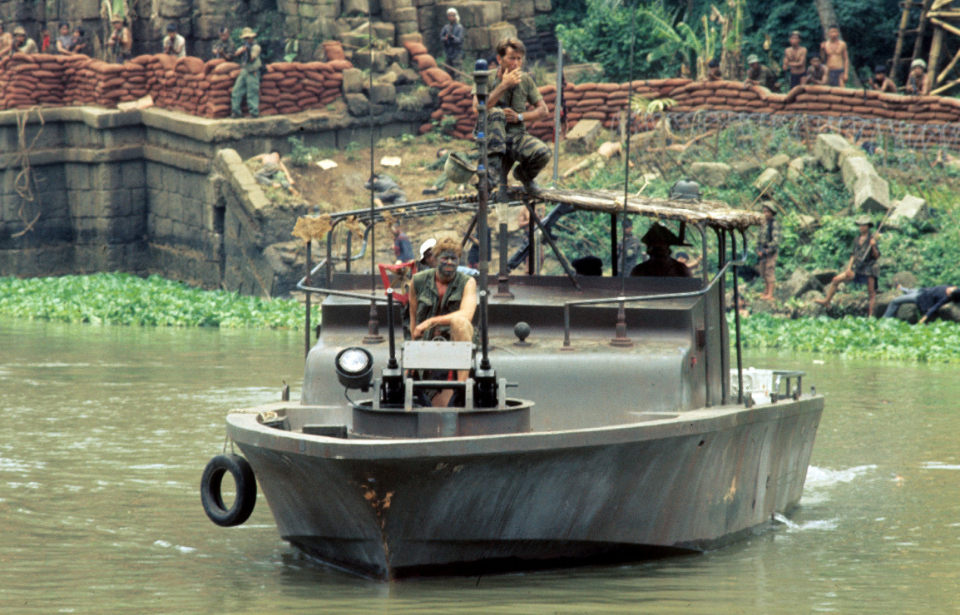The Patrol Boat, River—commonly known as the PBR—was a swift and maneuverable craft employed by the US Navy during the Vietnam War. Built to operate effectively in Vietnam’s narrow, overgrown waterways, it carried an array of weaponry that allowed it to pose a serious threat to opposing vessels.
PBRs were developed from pleasure boats
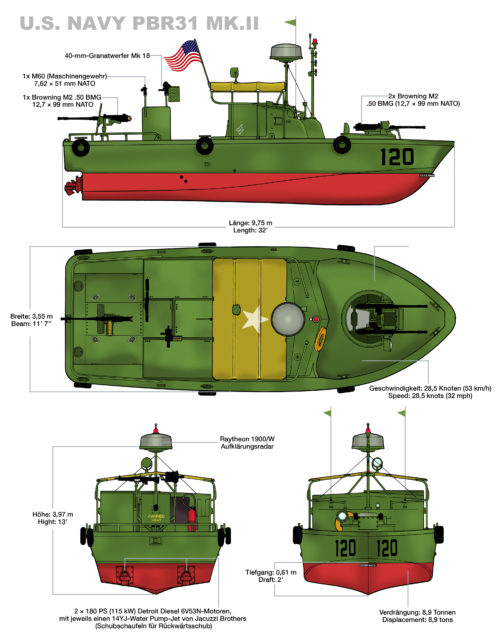
The Patrol Boat, River was conceived by Willis Slane and Kack Hargrave of Hatteras Yachts. Just seven days after meeting with US Navy officials, the designers created a prototype, incorporating a hull based on an existing Hatteras Yachts model. The final design of the PBR was influenced by a pleasure boat from Uniflite and other sources.
In October 1965, after evaluating the prototype, the Navy awarded a contract for 140 boats, with 11 delivered by March 1966 to aid Operation Game Warden, the US mission aimed at cutting off the Viet Cong’s access to resources in the Mekong Delta.
In the years that followed, around 300 PBRs were supplied to US and South Vietnamese forces, playing an essential role in the Vietnam War from 1966 to 1975.
Built for Vietnam’s shallow, weed-filled rivers
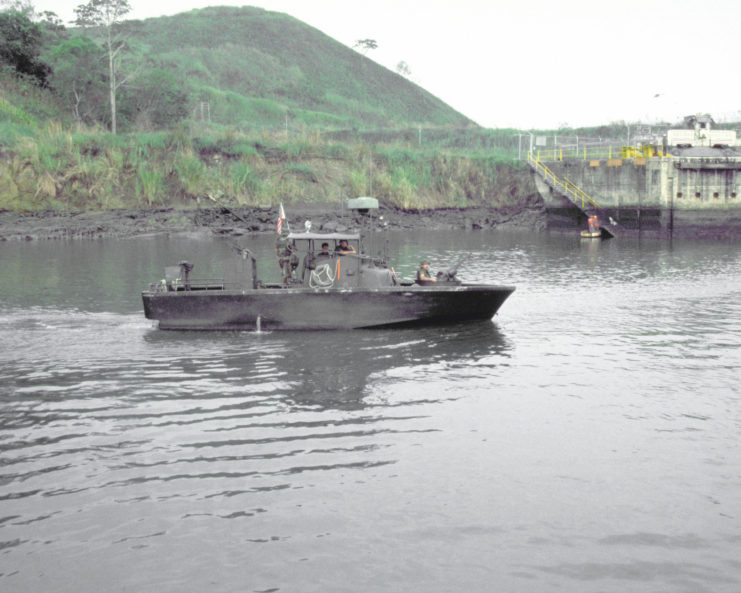
The Patrol Boat, River—better known as the PBR—was a small, fiberglass-hulled patrol craft designed for speed and agility in Vietnam’s waterways. Two variants were built: the Mark I and Mark II. Both shared the same core design, but the Mark II featured a slightly longer, wider hull, measuring 32 feet in length with an 11-foot, seven-inch beam. The Mark I, by comparison, was 31 feet long with a 10-foot, seven-inch beam.
Light and highly maneuverable, the PBR could pivot in place, execute sharp turns, and come to a stop within a very short distance. Fully loaded, it drew only two feet of water, making it ideally suited for the shallow, vegetation-choked rivers of the Mekong Delta. The cabin, where the crew worked and lived, was shielded by ceramic armor, while a forward weapons tub at the bow housed a gunner.
Because of its agility, the PBR could access stretches of river that larger U.S. vessels could not. This made it a key asset for the Army’s 458th Transportation Company (LARC) and, more famously, the Navy’s River Patrol Force, Task Force 116.
Each boat was typically manned by four sailors: a first-class petty officer serving as captain, a gunner’s mate, an engineman, and a seaman. To ensure resilience under fire, every crewman was cross-trained in one another’s roles. At times, an interpreter would also join the crew, helping navigate the maze-like delta channels.
PBRs were stacked with weaponry
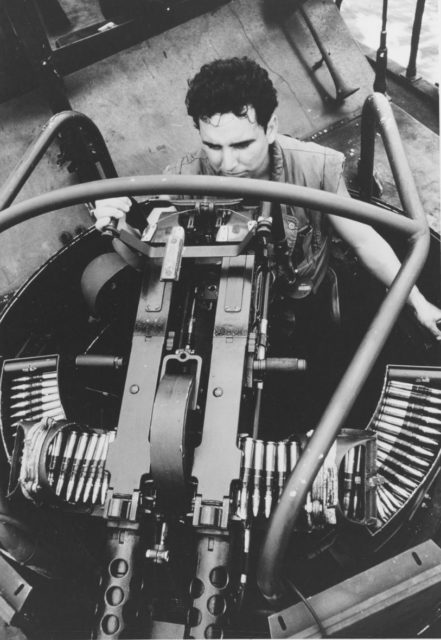
Each Patrol Boat, River was equipped with a plethora of weapons, meaning it could hold its own in a firefight. The forward bow turret had twin M2HB Browning heavy machine guns, while the rear pintle mounting was equipped with either a single Browning or an M60 light machine gun. The pintle mounting amidship featured either an Mk 19 grenade launcher or a single Browning.
PBRs could also hold 81 mm mortar launchers, Mk 16 Mod 4 Colt 20 mm automatic cannons and flamethrowers, and had a full complement of hand grenades, shotguns, M16 rifles and .45-caliber ACP handguns manned by the crew.
Earning the Medal of Honor aboard a PBR
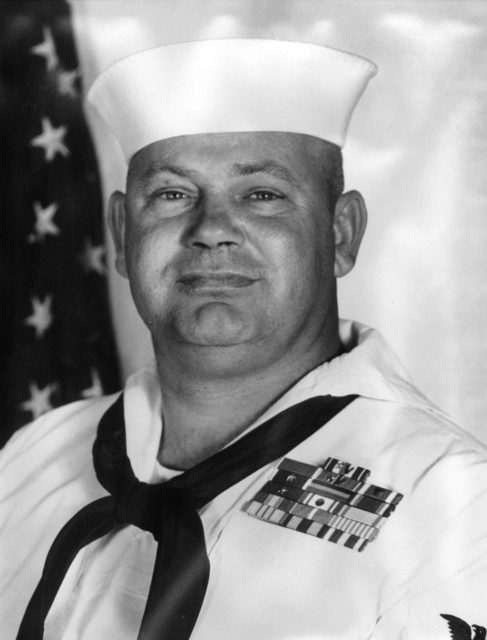
There are several instances where PBRs and their crews engaged with the enemy. One such instance occurred in October 1966, for which BM1. James E. “Willie” Williams was awarded the Medal of Honor for his bravery.
Williams was the captain of PBR-105 and another patrol boat tasked with searching for Viet Cong guerrillas along a section of the Mekong Delta. While doing so, the group came under heavy fire from two enemy sampans and immediately engaged with those aboard the vessels.
Williams’ men successfully killed the crew of one of the enemy boats and caused the other to seek refuge. While pursuing the sampan, they were met with heavy small-arms and rocket-propelled grenade (RPG) fire from guerrillas hidden behind brush along the riverbank.
To counter, Williams exposed himself to the enemy fire to direct his crew. They were heavily outnumbered, so the captain called for aerial support from American Bell UH-1B Iroquois helicopters. As they maneuvered the river, PBR-105 came upon an even larger concentration of enemy boats and troops. Choosing not to wait for the choppers, Williams, instead, led his men through the intense gunfire.
By this point, it had gotten dark, and Williams ordered that the PBRs’ searchlights be turned on, despite the target that would inevitably be placed on the vessels. They, again, engaged with enemy forces stationed onshore. Through Williams’ direction, his crew wound up destroying over 50 Viet Cong vessels and took out an estimated 1,000 guerrillas.
More from us: HMS Victory: The World’s Oldest Warship Still In Commission
On May 14, 1968, US President Lyndon B. Johnson presented Williams with the Medal of Honor, just one of the numerous decorations he received throughout his career in the US Navy.
